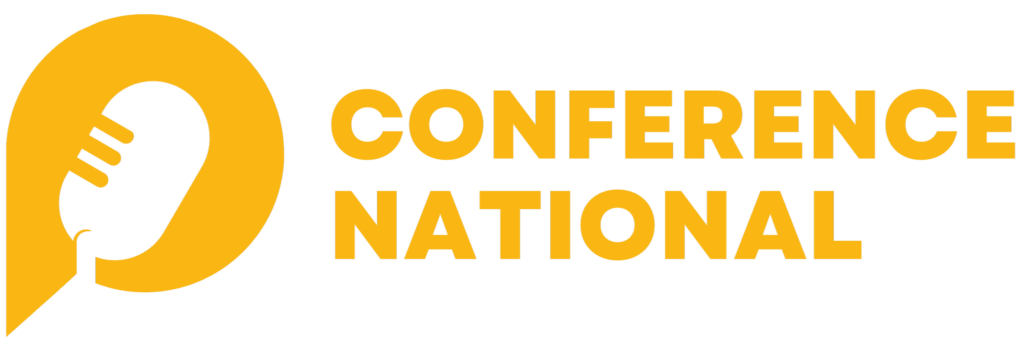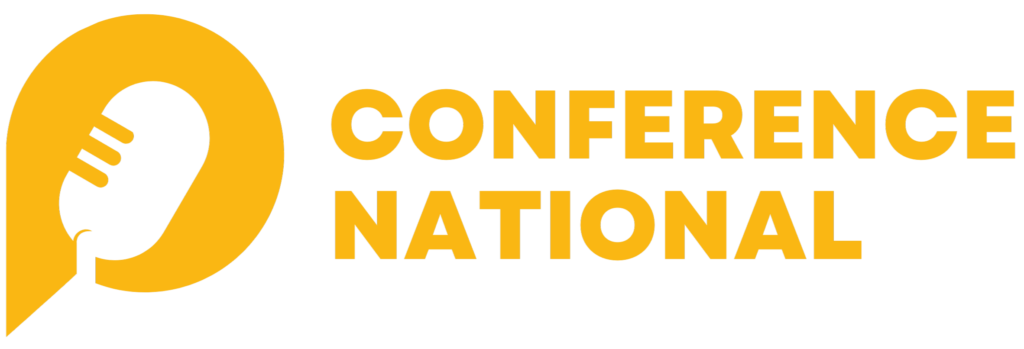Introduction to Post-Keynote Follow-up

So, you’ve just attended an inspiring keynote speech that left you feeling motivated and full of new ideas. But what happens next? That’s where post-keynote follow-up comes into play! Post-keynote follow-up refers to the actions taken after a keynote presentation to ensure that the insights gained are not lost in the hustle and bustle of everyday work life.
In the fast-paced world of conferences and events, post-keynote follow-up is often overlooked or not given the attention it deserves. However, it is a crucial step in maximizing the impact of a keynote speech. By following up effectively, you can solidify key learnings, implement new strategies, and build lasting relationships with both the speaker and fellow attendees.
The purpose of post-keynote follow-up is not just to check a box but to truly leverage the insights gained during the keynote. It is about turning inspiration into action, ideas into results, and connections into collaborations. In this article, we will explore the importance of post-keynote follow-up, how to prepare for it, immediate actions to take after the keynote, long-term follow-up strategies, and much more!
Preparing for Post-Keynote Follow-up
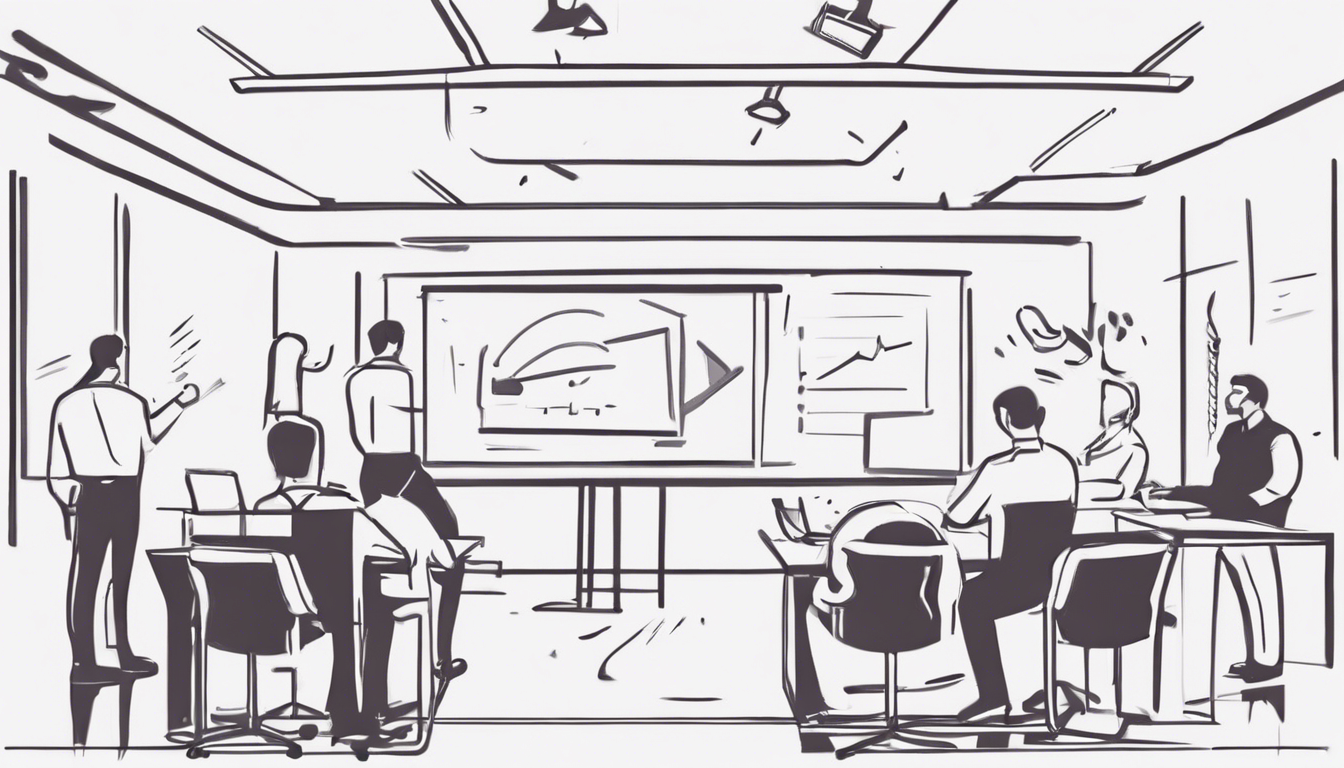
Before diving into the whirlwind of post-keynote follow-up activities, it’s essential to lay a solid foundation by preparing adequately. One of the first steps in this process is taking detailed notes during the keynote. Jot down key points, quotes, and any insights that resonate with you. These notes will serve as your roadmap for follow-up actions.
Once you have your notes in hand, the next step is to organize the key information. This could involve categorizing your notes, highlighting action items, and identifying areas where you need further clarification or resources. By organizing your thoughts, you’ll be better equipped to translate the keynote insights into tangible outcomes.
Setting follow-up goals is another crucial aspect of preparation. What do you aim to achieve through your follow-up efforts? Whether it’s implementing a new strategy at work, fostering a partnership with the speaker, or sharing insights with your team, having clear goals will guide your follow-up actions and ensure they are purposeful and impactful.
Immediate Actions After the Keynote
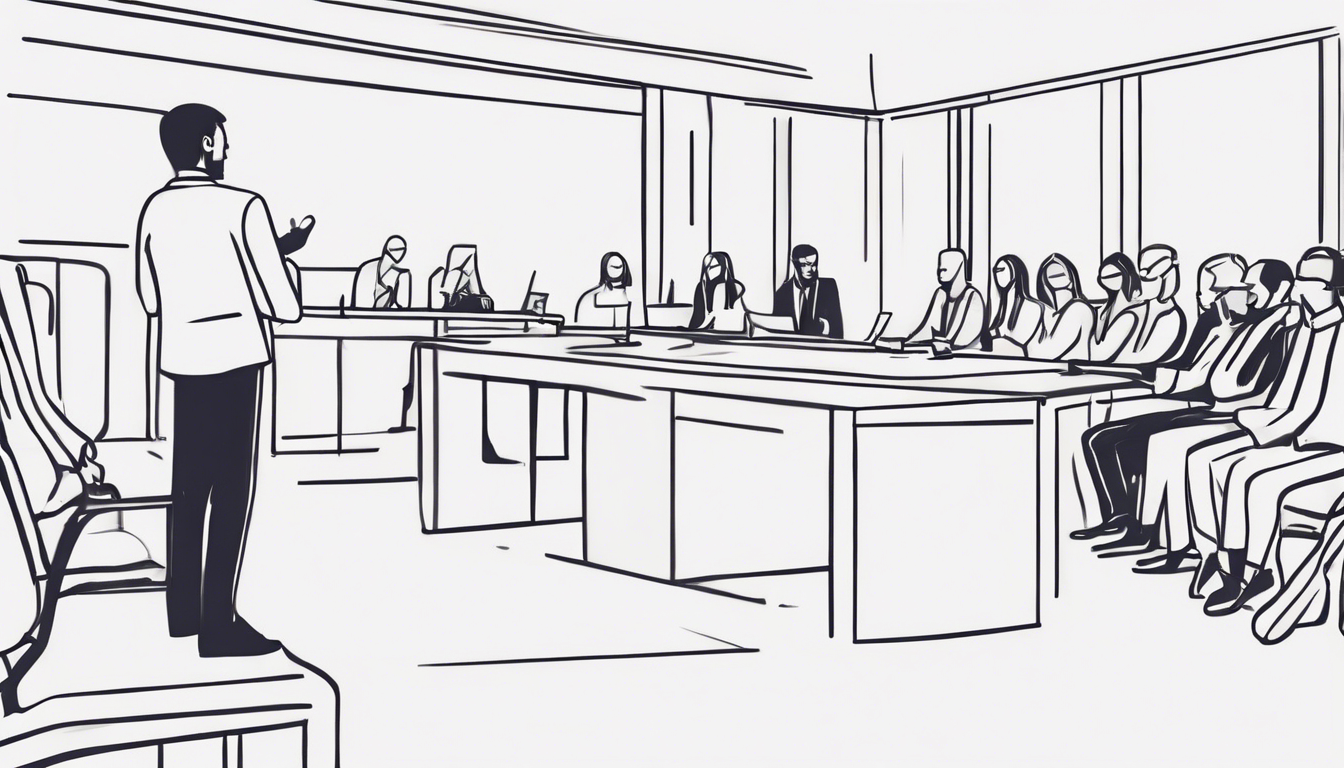
The moments right after a keynote are precious for follow-up activities. One immediate action you can take is sending thank-you notes to the speaker. Expressing your appreciation for their insights and how it has impacted you personally can go a long way in building a meaningful connection.
In today’s digital age, connecting on social media is another quick and effective way to continue the conversation post-keynote. Follow the speaker on platforms like LinkedIn or Twitter, engage with their content, and share your key takeaways from the keynote. This not only shows your interest but also opens up avenues for further dialogue.
Sharing the insights gained from the keynote with your team is vital for collective learning and growth. Whether through a debrief session, a presentation, or a written summary, disseminating the key learnings can spark discussions, inspire new ideas, and foster a culture of continuous improvement within your organization.
Long-Term Follow-up Strategies

While immediate actions are crucial, long-term follow-up strategies are what truly embed the keynote insights into your professional journey. Scheduling follow-up meetings with colleagues or the speaker can provide a platform for deeper discussions, clarifications, and collaborative opportunities.
Implementing key learnings into your daily work routines and projects is essential for translating inspiration into tangible results. By integrating the strategies and concepts shared during the keynote into your tasks, you not only enhance your own performance but also contribute to the overall success of your projects and organization.
Maintaining relationships formed during the keynote is key to long-term follow-up success. Whether it’s staying in touch with the speaker, networking with fellow attendees, or engaging in industry-related events, nurturing these connections can lead to future collaborations, mentorships, and opportunities for growth.
Utilizing Keynote Insights
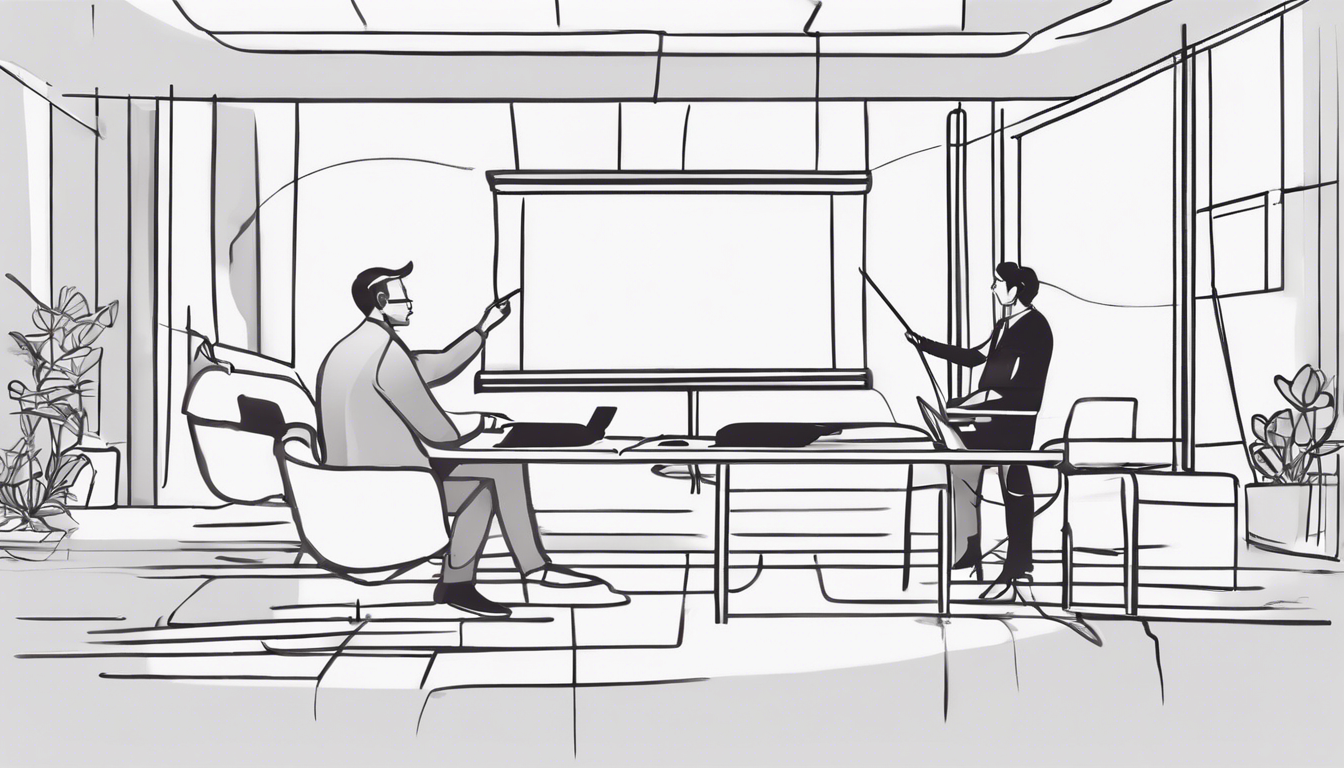
The true value of a keynote lies in how effectively you can apply the insights gained to your work and professional life. Start by identifying key concepts or strategies from the keynote that resonate with your goals or challenges. By actively applying these concepts, you can enhance your problem-solving skills, decision-making processes, and overall performance.
Incorporating keynote strategies into your projects is a practical way to test their effectiveness and impact. Whether it’s trying out a new approach, implementing a suggested tool, or adopting a different mindset, integrating keynote insights into your projects can lead to innovation, efficiency, and positive outcomes.
Measuring the impact of keynote insights is essential to gauge their effectiveness and relevance to your professional growth. Track key performance indicators, gather feedback from colleagues or clients, and reflect on how the implemented strategies have influenced your outcomes. By measuring impact, you can refine your approach and continuously improve your practices.
Feedback and Evaluation
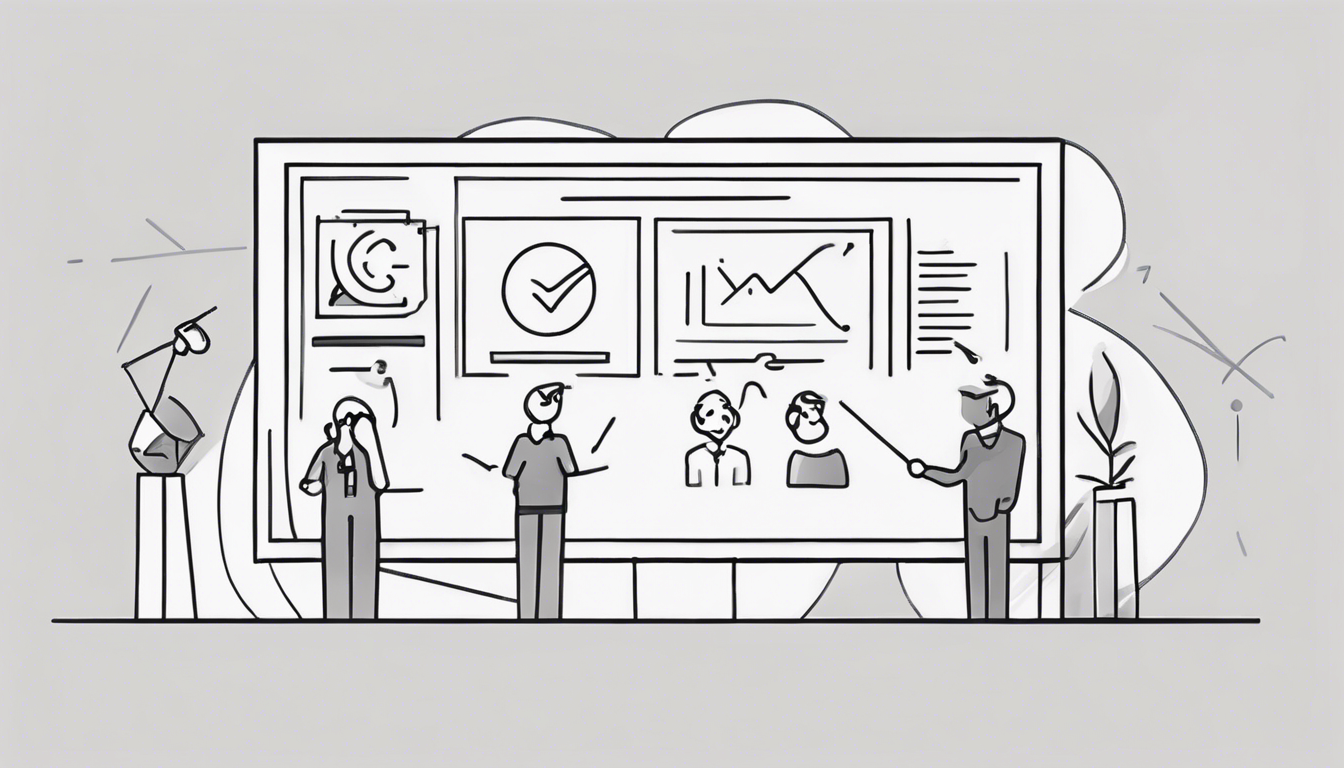
Collecting feedback from attendees post-keynote is a valuable way to assess the impact of the presentation and follow-up activities. Use surveys, interviews, or informal discussions to gather insights on what worked well, what could be improved, and how the follow-up process can be enhanced for future events.
Assessing the effectiveness of your follow-up actions is crucial for refining your approach and maximizing the benefits of post-keynote activities. Analyze the outcomes of your follow-up efforts, compare them against your goals, and identify areas for improvement or adjustment. By evaluating your follow-up, you can iterate and enhance your strategies for future keynotes.
Iterating for future keynotes involves using the feedback and evaluation insights to refine your post-keynote follow-up strategies. By incorporating suggestions, addressing gaps, and building on successful practices, you can create a more impactful and engaging follow-up process for upcoming events. Continuous iteration is key to staying relevant and effective in the dynamic landscape of keynote follow-up.
Challenges in Post-Keynote Follow-up
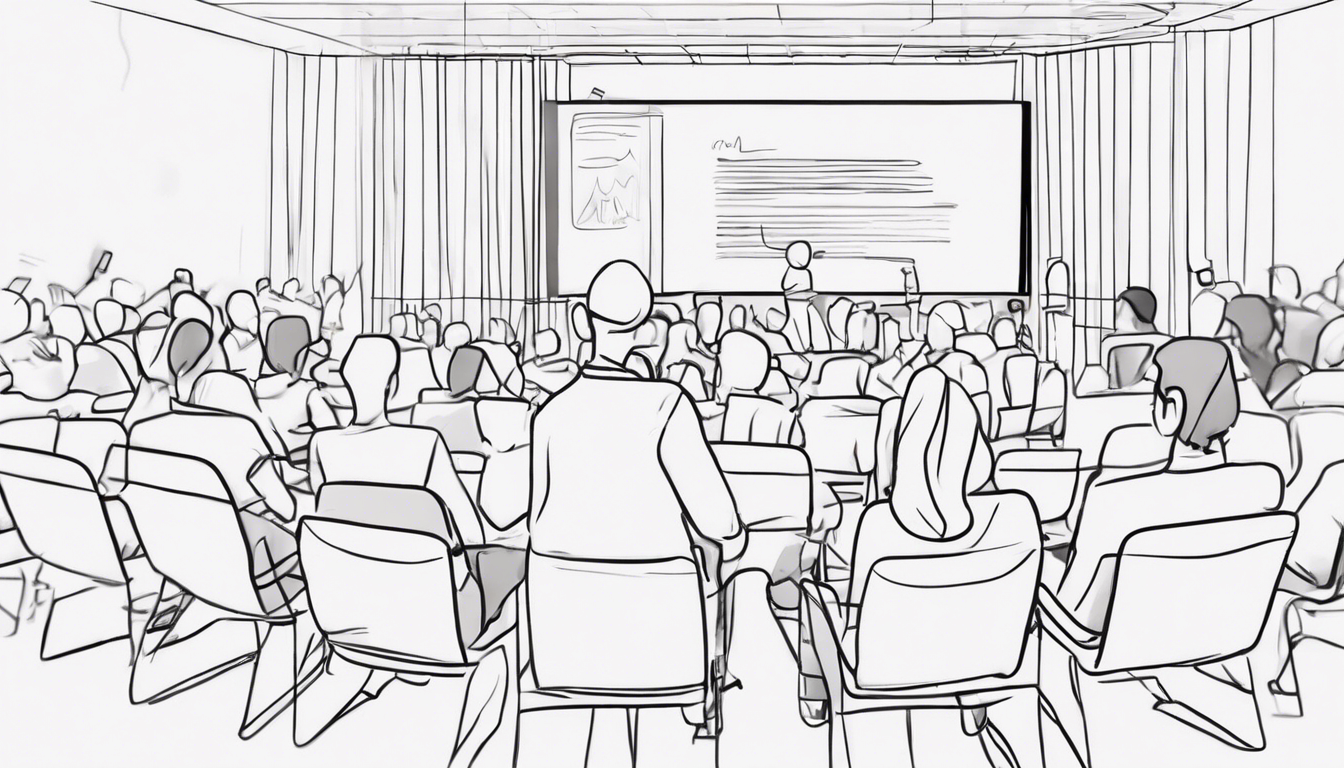
Overcoming communication barriers is a common challenge in post-keynote follow-up. With attendees coming from diverse backgrounds, industries, and communication preferences, ensuring effective and clear communication can be tricky. Finding common ground, using multiple channels, and adapting your communication style can help bridge these barriers and foster meaningful follow-up interactions.
Dealing with time constraints is another hurdle in post-keynote follow-up. Balancing follow-up activities with daily work responsibilities, personal commitments, and other professional engagements can be challenging. Prioritizing follow-up tasks, setting realistic timelines, and delegating responsibilities can help manage time constraints and ensure that follow-up efforts are consistent and impactful.
Addressing resistance to change is a significant challenge in post-keynote follow-up, especially when implementing new strategies or concepts. Some attendees may be hesitant to embrace change, prefer the status quo, or resist stepping out of their comfort zones. By fostering a culture of openness, providing support and resources for change, and highlighting the benefits of innovation, you can overcome resistance and drive successful follow-up outcomes.
Case Studies on Successful Follow-up
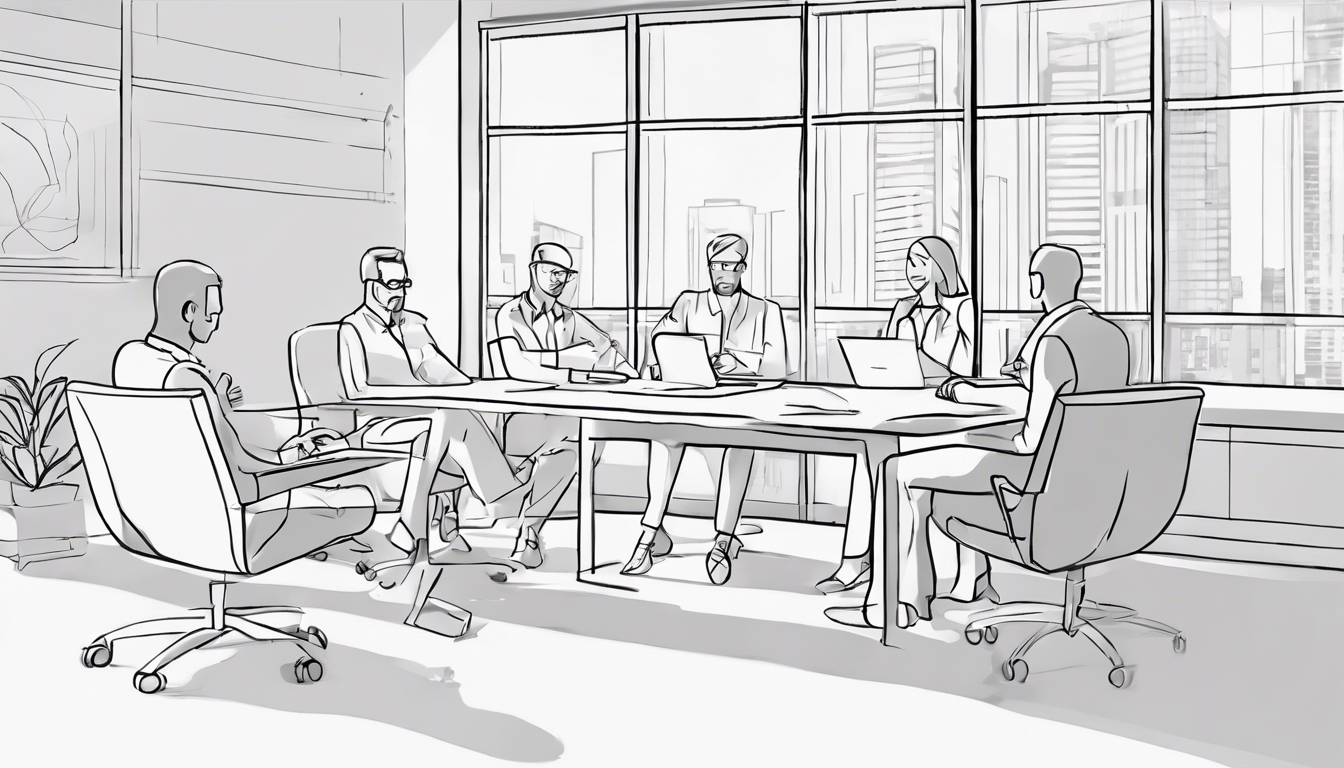
Let’s dive into some exciting case studies that showcase successful post-keynote follow-up strategies in action. Company X, for instance, implemented keynote insights by restructuring their project management approach, resulting in improved efficiency and collaboration among team members. By actively applying the strategies shared during the keynote, Company X was able to achieve tangible results and drive innovation within their organization.
Organization Y focused on long-term relationship building post-keynote. By nurturing connections with the keynote speaker, fellow attendees, and industry influencers, Organization Y created a network of support, mentorship, and collaboration opportunities. This sustained engagement not only enriched their professional growth but also opened doors to new partnerships and initiatives.
Startup Z took a data-driven approach to measuring the impact of their post-keynote follow-up efforts. By tracking key metrics, gathering feedback from clients, and analyzing the outcomes of their implemented strategies, Startup Z was able to quantify the value of the keynote insights and their application. This data-driven approach not only validated their follow-up actions but also provided insights for future improvement and growth.
Future Trends in Post-Keynote Follow-up
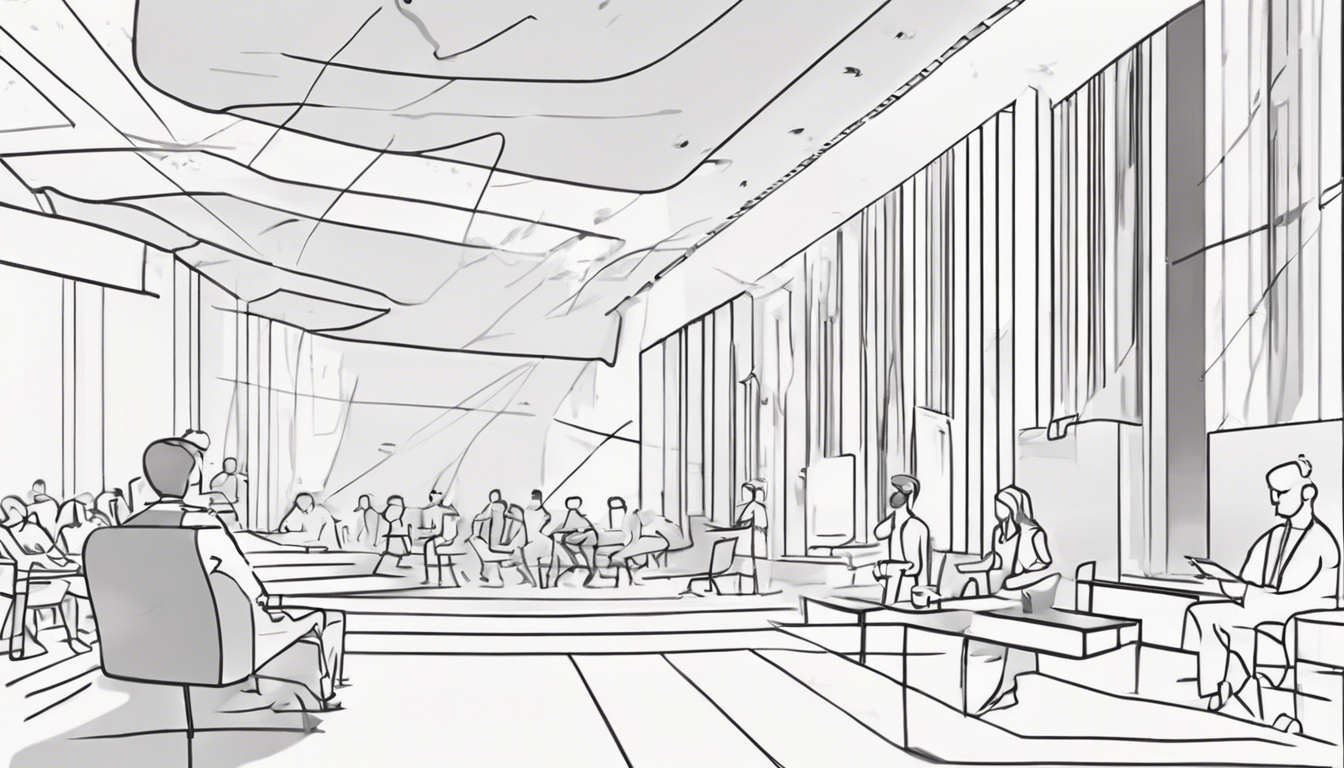
As we look ahead to the future of post-keynote follow-up, several trends are shaping the landscape of follow-up practices. Integration of technology for follow-up is one such trend, with tools like AI-powered analytics, virtual reality simulations, and interactive platforms revolutionizing how post-keynote insights are shared, implemented, and measured.
Personalization in follow-up strategies is another emerging trend, where tailored follow-up plans, customized content, and individualized interactions are becoming the norm. By personalizing follow-up efforts based on attendee preferences, learning styles, and goals, organizations can enhance engagement, retention, and the overall impact of post-keynote activities.
The globalization of follow-up practices is also on the rise, with events reaching a diverse audience across borders, cultures, and languages. Leveraging technology for multilingual communication, cross-cultural understanding, and global networking opportunities, organizations can expand their reach, foster international collaborations, and create a more inclusive and connected post-keynote follow-up experience.
Conclusion
In conclusion, post-keynote follow-up is not just a checkbox to tick off after attending a keynote; it is a strategic process that maximizes the impact of the insights gained, fosters relationships, and drives continuous learning and growth. By following the outlined steps for effective post-keynote follow-up, you can turn inspiration into action and transform ideas into tangible results.
Key takeaways for effective follow-up include thorough preparation, immediate actions post-keynote, long-term follow-up strategies, utilization of keynote insights in daily work, feedback collection, and addressing challenges proactively. By incorporating these elements into your follow-up approach, you can enhance the value of keynote experiences and create lasting impact within your professional journey.
As a call to action, I encourage you to implement the follow-up strategies discussed in this article in your next post-keynote experience. Whether it’s sending a thank-you note, scheduling a follow-up meeting, or applying keynote insights to your projects, each action contributes to maximizing the value of keynote speeches and fostering continuous growth and development. So, go ahead, follow up, and watch your insights bloom into success!
